European Union - Patent - Supplementary protection certificate
Medeva BV v Comptroller General of Patents, Designs and Trade Marks: Court of Justice of the European Communities (Fourth Chamber) (Judges Bonichet (President of Chamber), Prechal, Bay Larsen, Toader (Rapporteur) and Jarasiunas): 24 November 2011
In April 1990, the applicant company applied for a European patent for a method for the preparation of a vaccine against whooping cough agent, consisting of a combination of two antigens as active ingredients, namely pertactin and filamentous haemagglutinin (the named active ingredients). The patent was granted by the European Patents Office (the patent office) in February 2009 and expired in April 2010. The applicant filed five applications for supplementary protection certificates (SPC applications) with the patent office, primarily seeking supplementary protection for DTPa-IPV/HIB vaccines covering diptheria, tetanus, whooping cough, poliomyelitis and/or meningitis.
In support of the SPC applications, the applicant submitted marketing authorisations granted by the French, German and United Kingdom authorities for various medicinal products, each of which contained, in additional to the named active ingredients, between eight and eleven other active ingredients.
In November 2009, the patent office refused to grant the SPCs applied for, concluding, inter alia, that, in the case of four of the applications, more active components were specified in the applications for SPCs than were identified in the wording of the claims of the basic patent and they were therefore not protected by the basic patent within the meaning of article 3(a) of Council Regulation (EC) 469/2009 (concerning the supplementary protection certificate for medicinal products) (the regulation).
In the case of the fifth application, the patent office concluded, inter alia, that, although the active components identified in the patent were the same as those specified in the SPC application, namely the named active ingredients, the marketing authorisations submitted in support of that application did not fulfil the conditions laid down in article 3(b) of the Regulation, inter alia, because they related to medicinal products which contained nine active ingredients and not solely the ingredients specified in the SPC applications and in the patent claims.
In January 2010, the applicant's appeal to the High Court against that decision was dismissed. The applicant subsequently appealed the decision of the High Court to the Court of Appeal. The Court of Appeal stayed the proceedings and referred questions to the Court of Justice of the European Union for a preliminary ruling.
The principal issues which fell to be determined were: (i) whether article 3(a) of the regulation had to be interpreted as precluding the competent industrial property office of a member state from granting an SPC where the active ingredients specified in the application included active ingredients not mentioned in the wording of the claims of the basic patent relied on in support of such an application; and (ii) whether article 3(b) of the regulation could be interpreted as not precluding the competent industrial property office of a member state from granting an SPC for a combination of two active ingredients corresponding to that specified in the wording of the claims of the basic patent relied on, where the medicinal product for which the marketing authorisation was submitted in support of the SPC application, contained not only that combination of the two active ingredients, but also other active ingredients.
The court ruled: (1) Article 3(a) of the regulation had to be interpreted as precluding the competent industrial property office of a member state from granting an SPC relating to active ingredients which were not specified in the wording of the claims of the basic patent relied on in support of the application for such a certificate. That followed from the fact that article 5 of the regulation provided that any SPC conferred the same rights as conferred by the basic patent and was subject to the same limitations and obligations.
Similarly, if a patent claimed that a product was composed of two active ingredients, but did not make any claim in relation to one of those active ingredients individually, an SPC could not be granted on the basis of such a patent for the one active ingredient considered in isolation (see [25]-[26], [28], [43] of the judgment).
(2) Article 3(b) of the regulation had to be interpreted as meaning that, provided that the other requirements laid down in article 3 were also met, that provision did not preclude the competent industrial property office of a member state from granting an SPC for a combination of two active ingredients, corresponding to that specified in the wording of the claims of the basic patent relied on, where the medicinal product for which the marketing authorisation was submitted in support of the application for an SPC contained not only that combination of the two active ingredients, but also other active ingredients.
If the holder of a basic patent relating to an innovative active ingredient or an innovative combination of active ingredients was to be refused a SPC on the ground that, in the commercial version of the medicinal product which placed that active ingredient or that combination on the market for the first time, the active ingredient or the combination coexisted in the medicinal product alongside other active ingredients or combinations which had other therapeutic purposes and might or might not be protected by another basic patent in force, the fundamental objective of the regulation, which was to ensure sufficient protection to encourage pharmaceutical research and play a decisive role in the continuing improvement in public health, could be undermined.
First, the holder of such patent would enjoy only the period of effective protection conferred by the patent. Secondly, such an approach would tend to favour the development of monovalent medicinal products which might not be in the interests of patients or national public health authorities.
In such a situation, the holders of such patents would be forced to develop and maintain on the market medicinal products containing only the active ingredients specified as such in the basic patent in order to obtain marketing authorisation for a medicinal product covering precisely those active ingredients which, as such, the holder could be certain would confer entitlement to an SPC. It was clear that such an outcome could not be compatible with the fundamental objectives pursued by the regulation (see [34]-[36], [42]-[43] of the judgment).





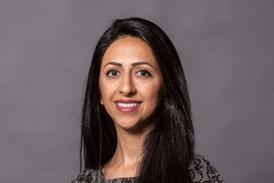
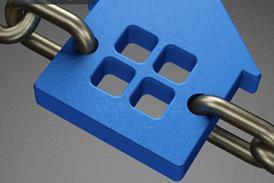

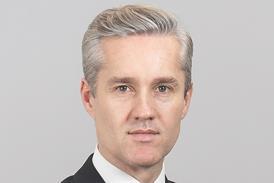









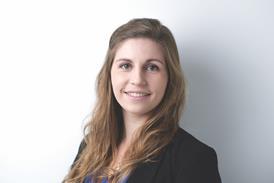
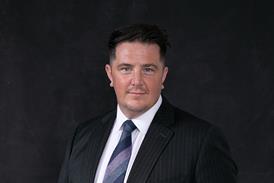







No comments yet